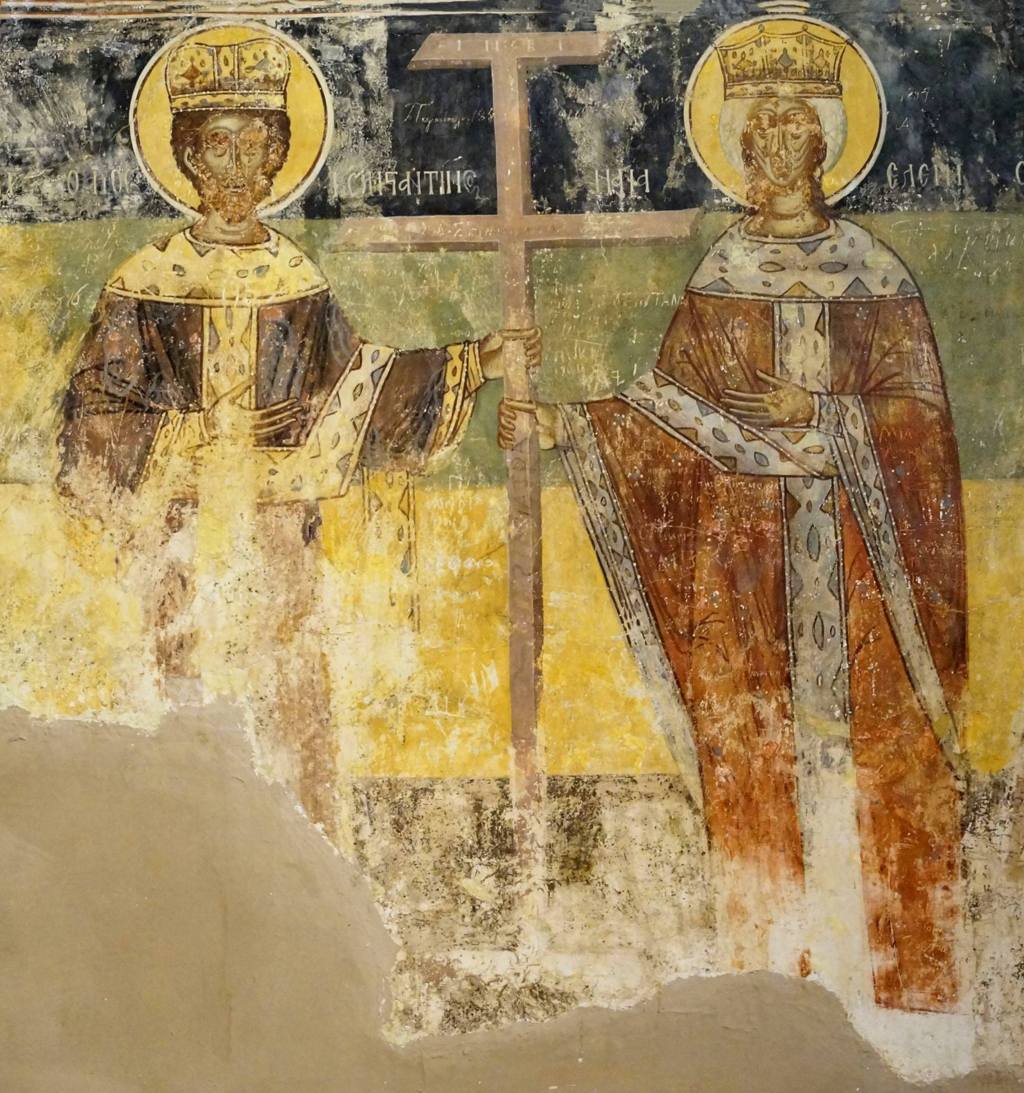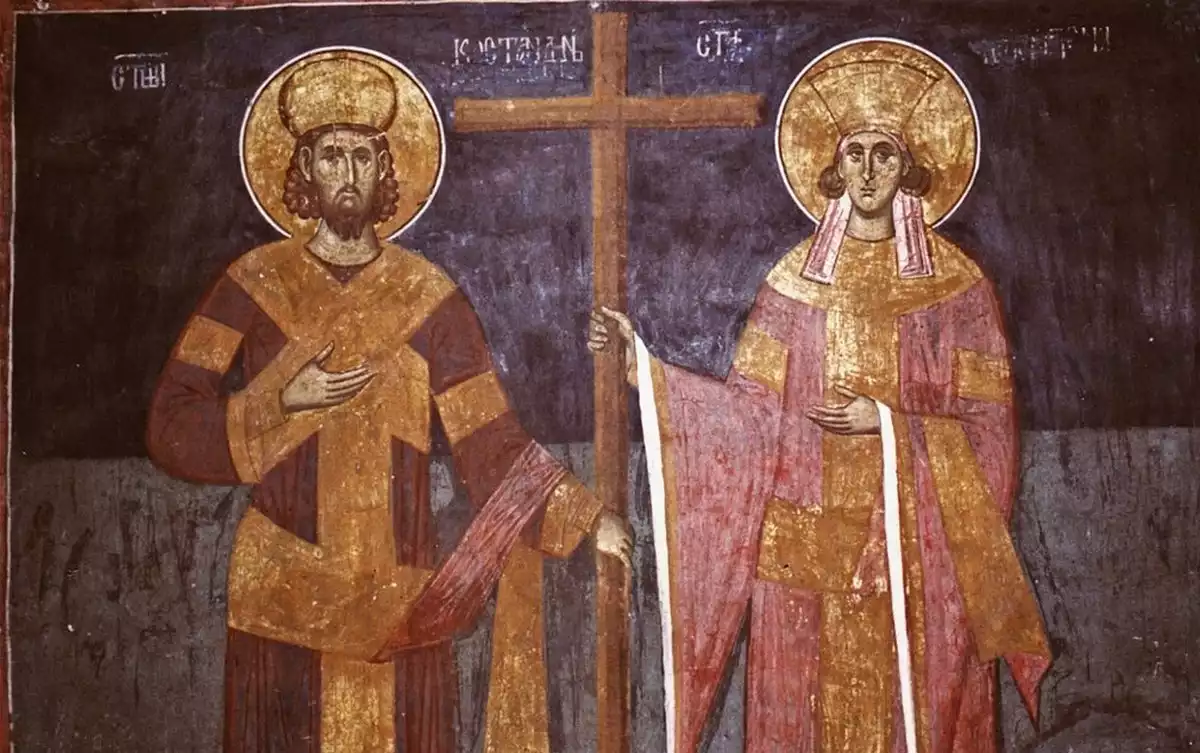
Saint Constantine the Great, born on 27 February c. 272 AD and passing on 22 May 337 AD, and his mother, Saint Helen, born c. 250 AD and deceased c. 330 AD, are pivotal figures in Christian history. Their contributions to the spread of Christianity and the shaping of the early Christian church are profound and enduring. Constantine’s reign as Roman Emperor marked a significant shift in the empire’s religious landscape, with his conversion to Christianity and subsequent policies greatly influencing the faith’s growth and institutional development. Saint Helen, revered for her piety and charitable works, is particularly celebrated for her role in locating important Christian relics, including the True Cross.
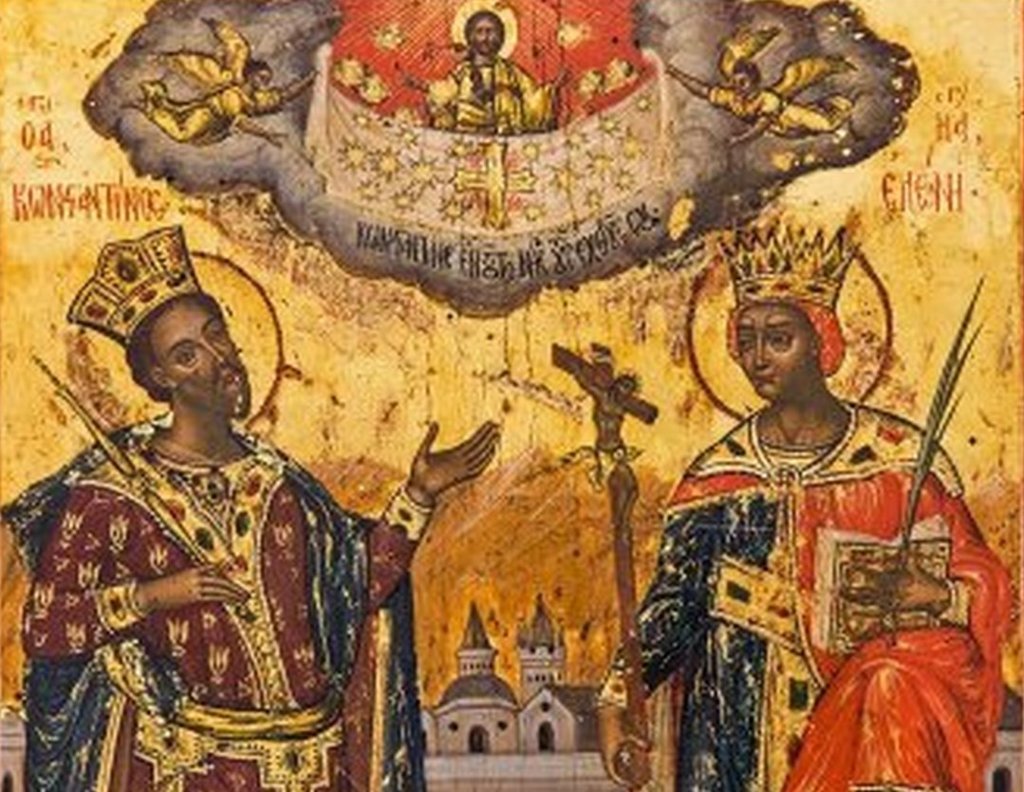
Constantine’s Rise to Power
Saint Constantine’s ascent to eminence began as he rose through the ranks of the Roman military, showcasing strategic brilliance and leadership. His decisive victory at the Battle of Milvian Bridge in 312 AD, where he famously attributed his success to the Christian God, marked a turning point in his life and the religious direction of the empire. Constantine’s subsequent Edict of Milan in 313 AD, granting religious tolerance throughout the empire, was a monumental step towards Christianity’s acceptance and growth. This edict not only established religious freedom but also laid the groundwork for Christianity to flourish, transitioning the Roman Empire from pagan traditions to a predominantly Christian ethos.
Constantine’s reign also witnessed the convening of the First Council of Nicaea in 325 AD, a seminal event in the history of Christianity. This council, aiming to address the Arian controversy and other doctrinal disputes, led to the formulation of the Nicene Creed, a cornerstone of Christian belief. Constantine’s role in this council underscored his commitment to establishing a unified church and his influence in shaping Christian doctrine.
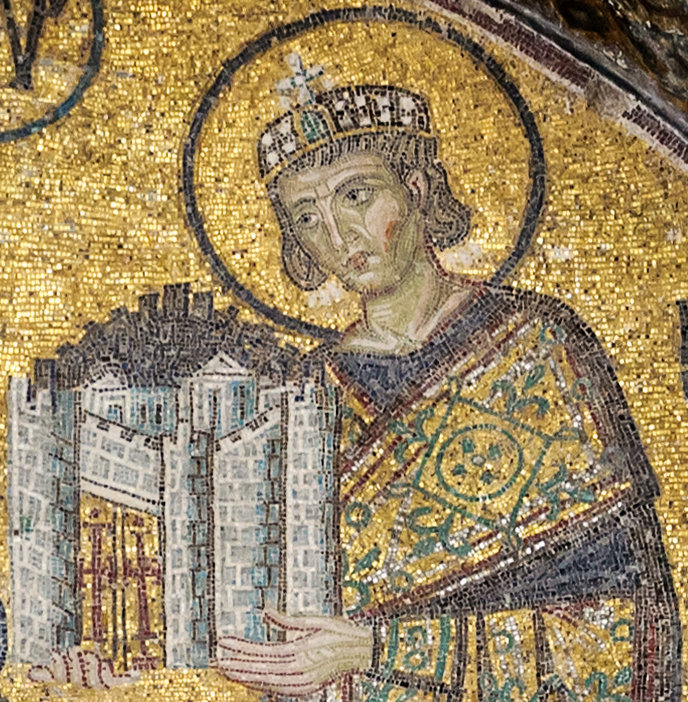
Saint Helen’s Devotion and Legacy
Saint Helen, mother of Constantine, is celebrated for her devout Christian faith and her significant contributions to early Christian history. Her pilgrimage to the Holy Land, undertaken late in her life, was a testament to her deep religious conviction and her desire to support the burgeoning Christian community. During her journey, Helen is credited with finding several key Christian relics, most notably the True Cross, believed to be the cross upon which Jesus was crucified.
Helen’s dedication to finding these relics not only bolstered the Christian faith but also played a crucial role in establishing the practice of Christian pilgrimage. Her efforts in building churches at key biblical sites, including the Church of the Nativity in Bethlehem and the Church of the Holy Sepulchre in Jerusalem, further cemented her legacy. These constructions provided tangible connections to the life of Jesus Christ, fostering a sense of closeness and reverence among early Christians.
Saint Helen’s impact extended beyond her religious endeavors; her influence in the Roman court, particularly in advocating for Christian causes and aiding the needy, showcased her commitment to Christian values. Her legacy endures in the many churches and institutions named in her honor, reflecting her lasting impact on Christian history and culture.
Constantine’s Religious Reforms and Policies
Saint Constantine’s reign was marked by significant religious reforms that reshaped the Roman Empire’s spiritual landscape. His conversion to Christianity was not only a personal transformation but also a catalyst for widespread religious change. Constantine initiated the construction of prominent Christian structures, including the Old St. Peter’s Basilica and the Church of the Holy Apostles. These monumental structures were not mere architectural feats; they represented the empire’s new religious orientation and Constantine’s commitment to Christianity.
Beyond construction, Constantine’s policies profoundly influenced Christian practices and governance. He played a pivotal role in shaping the church’s organizational structure, aligning it closely with the empire’s administrative framework. This integration facilitated the church’s growth and influence, while also entwining its fortunes with the state. Moreover, Constantine’s patronage extended to clerical exemption from certain civic duties and taxes, bolstering the clergy’s status and resources.

Helen’s Influence in the Spread of Christianity
Saint Helen’s influence in the spread of Christianity is notable for its depth and breadth. Her discovery of Christian relics and establishment of churches in the Holy Land were not merely acts of piety; they were strategic moves that galvanized the Christian faith. These relics served as powerful symbols of the faith’s authenticity and provided focal points for worship and pilgrimage.
Helen’s endeavors in the Holy Land also played a critical role in the geographic and cultural spread of Christianity. By establishing churches in these key locations, she helped to root the Christian faith in the landscape of its origin, making it more accessible to believers and increasing its appeal to converts. Her actions effectively bridged the gap between the faith’s humble beginnings and its growing stature as a major world religion.
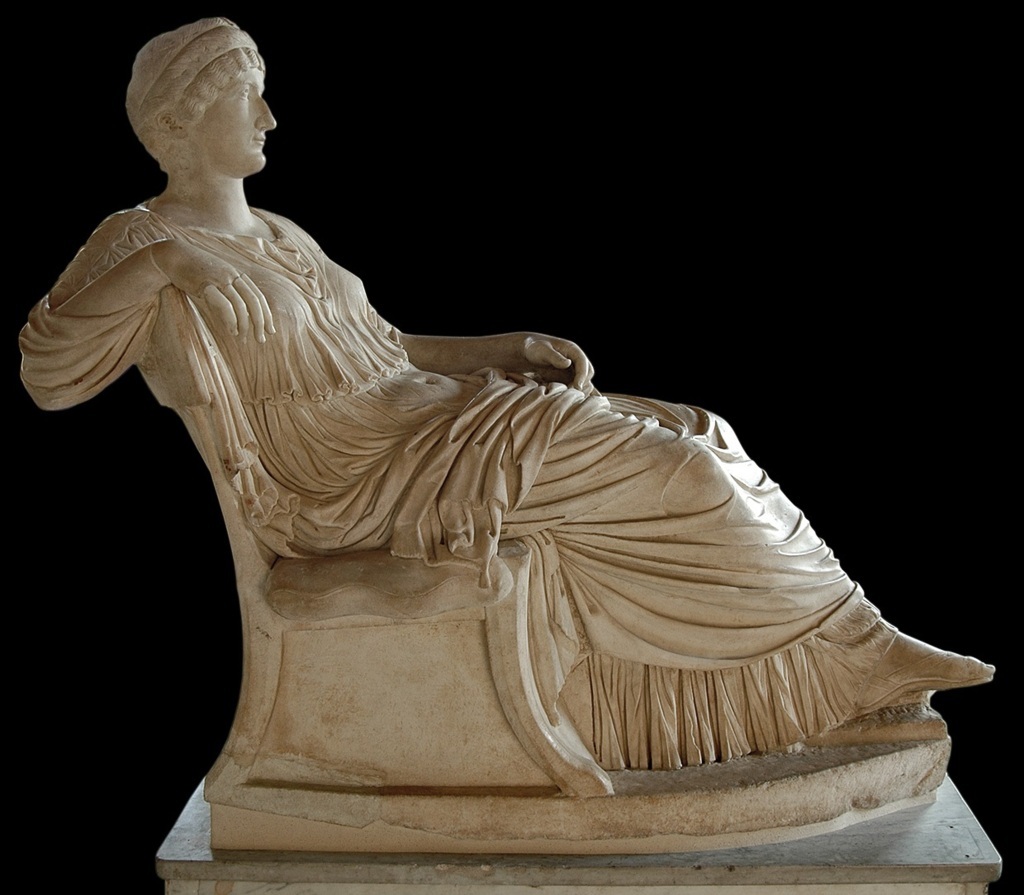
Saint Constantine the Great and Saint Helen’s legacies are inextricably linked to the establishment and spread of Christianity. Their actions, from Constantine’s pivotal Edict of Milan to Helen’s devout pilgrimages, were instrumental in transitioning Christianity from a persecuted sect to the dominant religion of the Roman Empire. Their combined influence laid the foundations for the Christian church as we know it today, marking them as central figures in Christian history.
Feast Day: Saint Constantine the Great and Saint Helen: 21 May
Patron Saints:
Saint Constantine the Great: Emperors, Kings
Saint Helen: Archaeologists, Converts
References
- Eusebius of Caesarea. “Life of Constantine.” Oxford University Press, 1999.
- History.co.uk. “The Council of Nicaea: Resolving the Crisis in Early Christianity.” Accessed 27 December 2023.
- Lieu, Samuel N.C., and Dominic Montserrat. “From Constantine to Julian: Pagan and Byzantine Views.” Routledge, 1996.
- QGazette.com. “St. Helena: The First Archaeologist.” Accessed 27 December 2023.
- Teitler, H.C. “The Last Pagan Emperor: Julian the Apostate and the War Against Christianity.” Oxford University Press, 2017.
- JSTOR. Accessed 27 December 2023.

